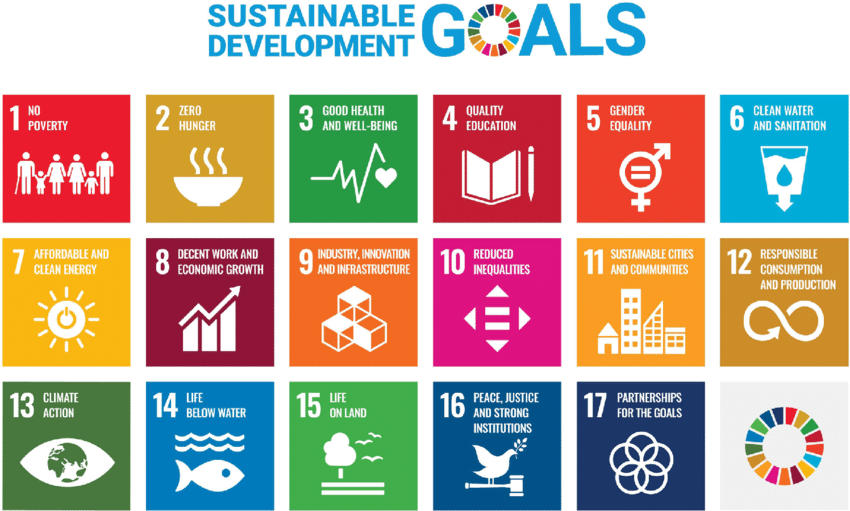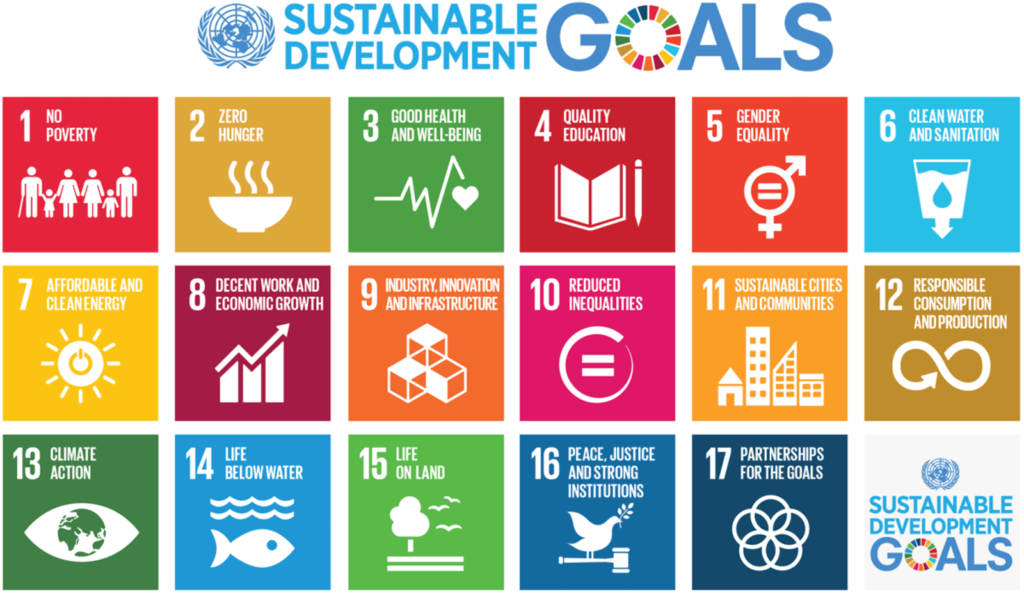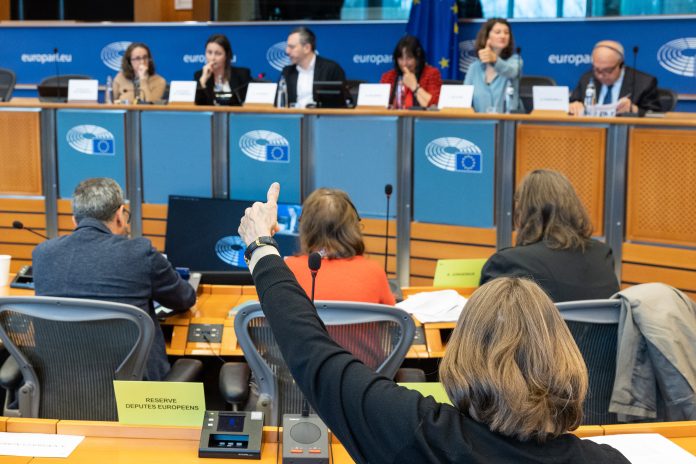Force for Good reveals funding gap for sustainable development has widened to US$135 trillion ahead of 2022 UN General Assembly debates

- Force for Good Initiative’s annual report shows 35% increase in funding gap to achieve UN’s Sustainable Development Goals (SDGs)
- Rise driven by historic underfunding, requirements to achieve net zero and high inflation
- Progress on several SDGs has been undone, with over 100 million more people in extreme poverty
The funding gap for the United Nations Sustainable Development Goals (UN SDGs) has expanded to up to US$135 trillion following Russia’s invasion of Ukraine and other international challenges, according to an annual report by the Force for Good initiative in collaboration with the UN and other organizations.
The SDGs are targets spanning every aspect of sustainability, including the environment, education, equality, health, and governance. The deadline for meeting the SDGs is 2030. According to the new report, entitled Capital as a Force for Good, the gap in funding the SDGs has risen by 35% to US$102-135 trillion since the last report. Force for Good is publishing the report today ahead of this month’s UN General Assembly debates.
The total cost of achieving the SDGs has also increased by up to 25% in the last year from US$116- US$142 trillion to US$134-176 trillion. The rise has been driven by historic underfunding, requirements for achieving net zero greenhouse gas emissions (aka net zero), a shortening window for achieving the goals, and high inflation that has spiked following Russia’s war in Ukraine.
Progress on several SDGs has been undone, with over 100 million more people in extreme poverty since 2019. Roughly 210 million more people are experiencing acute food insecurity, while 100 million children have fallen below minimum reading proficiency levels and 270 million people are currently classified as migrants, estimated to grow to as many as one billion people by 2050.
After the Ukraine invasion, global security spending needs until 2030 are estimated at roughly US$59 trillion, underlining the importance of the sixteenth SDG, which is peace, justice, and strong institutions. This estimated total boosts funding needs for secure sustainability to up to US$235 trillion.
See related article: New UN General Assembly Highlights ‘Solidarity, Sustainability and Science’

Ketan Patel, Chair of Force for Good, says: “The UN SDGs are not on track to be funded and will not be as long as they are seen as causes rather than investment opportunities. Global events risk drawing focus and funding from sustainability in the name of security, in the mistaken belief that these are competing rather than inextricably linked priorities.
“The finance industry is continuing to step up funding for the goals. However, those strategies that have focused on incremental change have proved inadequate. Unlocking almost half the world’s wealth to fund both sustainability and security will require the alignment of every stakeholder group, from clients and consumers to governments and businesses.”
According to the report, global wealth totals US$450 trillion. However, client obligations limit the sustainable development impact that the finance industry can generate, with roughly 80% of it subject to related constraints. Up to 50% of the world’s population is unaware of the SDGs, limiting their role in forcing change as clients of the finance industry or as consumer and citizens more generally. When it comes to climate, even among the world’s 2,000 largest corporations, 62% have not committed to net zero.
Nitin Desai, former Under-Secretary-General for Economic and Social Affairs for the United Nations and former Secretary & Chief Economic Advisor for India’s Ministry of Finance, says: “The world needs to deliver security and sustainability or it will risk both. This report lays out the multi stakeholder nature of the challenge and how to address it. It boldly outlines a path ahead, including six catalysts that can deliver needed breakthroughs and galvanize others to act.”
Garry Jacobs, President and CEO of the World Academy of Art and Science and Chairman and CEO of the World University Consortium, says: “This third annual Capital as a Force for Good report is a well-researched assessment of the challenges confronting humanity and proposes realistic
approaches to addressing the most critical of them. It is a wake-up call that can mobilize people, organizations and nation states rather than merely threaten or frighten them, and features six scalable, practical strategies with immense potential to transform human security around the world. The application of the report’s findings can generate the confidence and determination needed to accelerate implementation of the SDGs.”
The report reveals six key areas that Force for Good is pursuing with its partners in pursuit of more rapid change.
1. Foundation for Dignity: Affordable Housing. Unlock private capital at scale to create affordable housing and home ownership for the underserved, comprising 2.4 billion existing and new urban inhabitants by 2050.
2. Route to Opportunity: Mass Education. Leverage technology to overcome resource shortages and deliver high-quality education for all, including the 260 million children out of school today.
3. Path to Prosperity: Mass Financial Inclusion. Roll out a digital banking stack to drive basic financial inclusion across developing countries, for the 67% of the world that is underbanked.
4. Enable Empowerment: Technology for Individuals. Use technology to help and empower individuals for personal and collective action as consumers, voters, investors, and direct actors.
5. Symbiotic Co-Existence: Biodiversity. Make a transformative impact on biodiversity through a few targeted solutions which can be funded and scaled for global impact.
6. Systemic Change: Accounting for Impact. Reflect the cost of companies’ positive and negative impacts in their financial statements, changing perceived return on investment and driving a reallocation of capital.
Source: Force for Good










